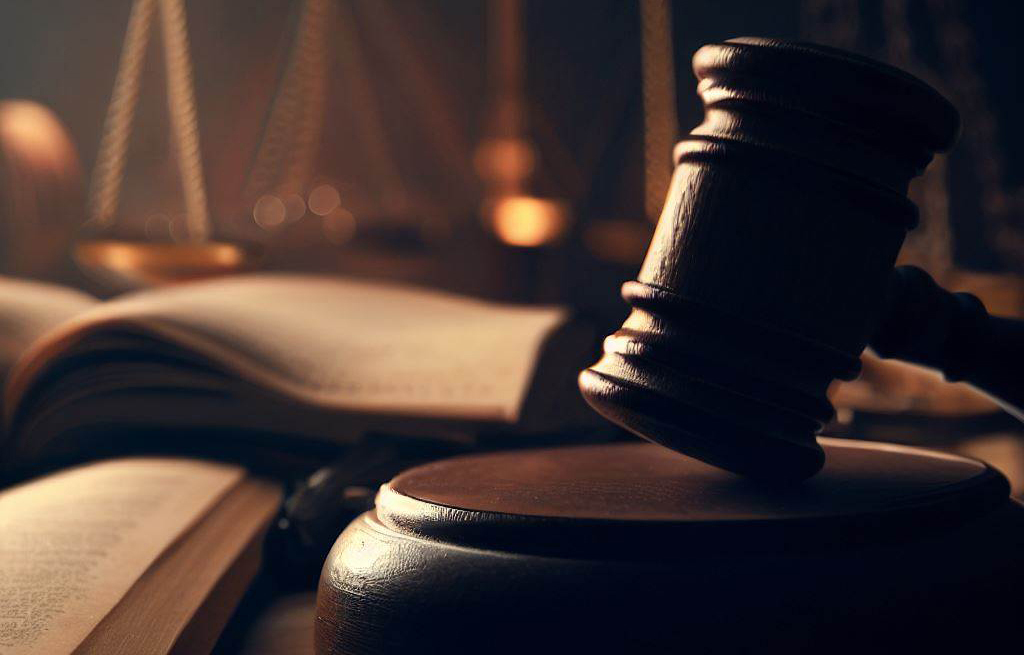
Complete Procedure of a Civil Suit
Procedure of a Civil Suit
Introduction:
Civil suits are legal actions initiated by individuals or entities to seek remedies for various disputes or grievances outside the criminal justice system. These suits typically involve private matters and can cover a wide range of issues such as contract disputes, property disputes, personal injury claims, and more. This comprehensive guide will outline the step-by-step procedure of a civil suit, providing an overview of the key stages and processes involved.
- Pre-filing Stage:
a. Consultation with an attorney: Seek legal advice from an attorney who specializes in the relevant area of law to assess the merits of your case and explore potential legal options and remedies.
b. Investigation and gathering evidence: Conduct a thorough investigation to gather evidence supporting your claim, such as documents, photographs, witness statements, or expert opinions.
c. Demand letter or negotiation: Attempt to resolve the dispute through a demand letter or negotiation, where you formally notify the opposing party of your claim and attempt to reach a settlement agreement. - Pleadings Stage:
a. Complaint: If settlement attempts fail, your attorney will draft a complaint, outlining your legal arguments, allegations, and the relief sought. File the complaint with the appropriate court and pay the required filing fees.
b. Service of process: Ensure that the defendant receives a copy of the complaint and other necessary documents, typically through personal delivery, mail, or other court-approved methods of service.
c. Answer: The defendant must respond to the complaint by filing an answer within a specified period, addressing each allegation and admitting or denying them. The answer may also assert any affirmative defenses or counterclaims.
d. Motion to dismiss: Instead of filing an answer, the defendant may choose to file a motion to dismiss, arguing that the complaint is legally defective or fails to state a valid claim. - Discovery Stage:
a. Interrogatories and requests for production: Both parties exchange written interrogatories, which are questions posed by one party to the other, and requests for production, seeking relevant documents or other tangible evidence.
b. Depositions: Parties have the opportunity to conduct depositions, where witnesses provide sworn testimony outside of court. Attorneys question witnesses under oath, and a court reporter records the proceedings.
c. Requests for admission: Either party can send requests for admission, asking the other party to admit or deny certain facts or statements. Failure to respond or a denial may have implications for trial.
d. Expert witnesses: Parties may engage expert witnesses possessing specialized knowledge or expertise relevant to the case. These experts provide opinions, analyses, or scientific explanations to support claims or defenses. - Pre-trial Stage:
a. Motions: Both parties can file various motions, such as motions for summary judgment, requesting the court to rule on specific legal issues or to decide the case without trial.
b. Pre-trial conference: The court may schedule a pre-trial conference to discuss the case’s status, potential settlement, or procedural matters. The conference aims to streamline the trial process and resolve any outstanding issues.
c. Settlement negotiations: Parties may continue settlement negotiations or engage in alternative dispute resolution methods like mediation or arbitration to resolve the dispute without trial.
d. Preparing trial strategy: Attorneys prepare their trial strategy, including identifying key witnesses, gathering additional evidence, preparing arguments, and developing a presentation for the court. - Trial Stage:
a. Jury selection: If a jury trial is requested or required, the court conducts jury selection, where potential jurors are questioned by both parties’ attorneys to select an impartial jury.
b. Opening statements: Each party’s attorney presents opening statements, providing an overview of the case and outlining the evidence and arguments that will be presented.
c. Presentation of evidence: The plaintiff presents their case first, calling witnesses, presenting documents, and introducing other relevant evidence. The defendant has the opportunity to cross-examine witnesses and challenge the evidence. The defendant then presents their case, followed by the plaintiff’s opportunity for cross-examination.
d. Closing arguments: Both parties give closing arguments summarizing their case, highlighting key points, and attempting to persuade the jury or judge in their favor.
e. Jury instructions: The judge provides instructions to the jury regarding the applicable law. The jury then deliberates to reach a verdict based on the evidence and instructions provided.
f. Verdict and judgment: The jury or judge delivers the verdict, either in favor of the plaintiff or the defendant. If the verdict favors the plaintiff, the court may award damages or other appropriate remedies.
Conclusion:
The procedure of a civil suit involves several distinct stages, each playing a crucial role in the resolution of the dispute. From pre-filing considerations to trial and beyond, understanding this process is essential for individuals involved in civil litigation. While this guide provides a general overview, it is important to consult with a qualified attorney who can provide advice tailored to specific legal situations.
